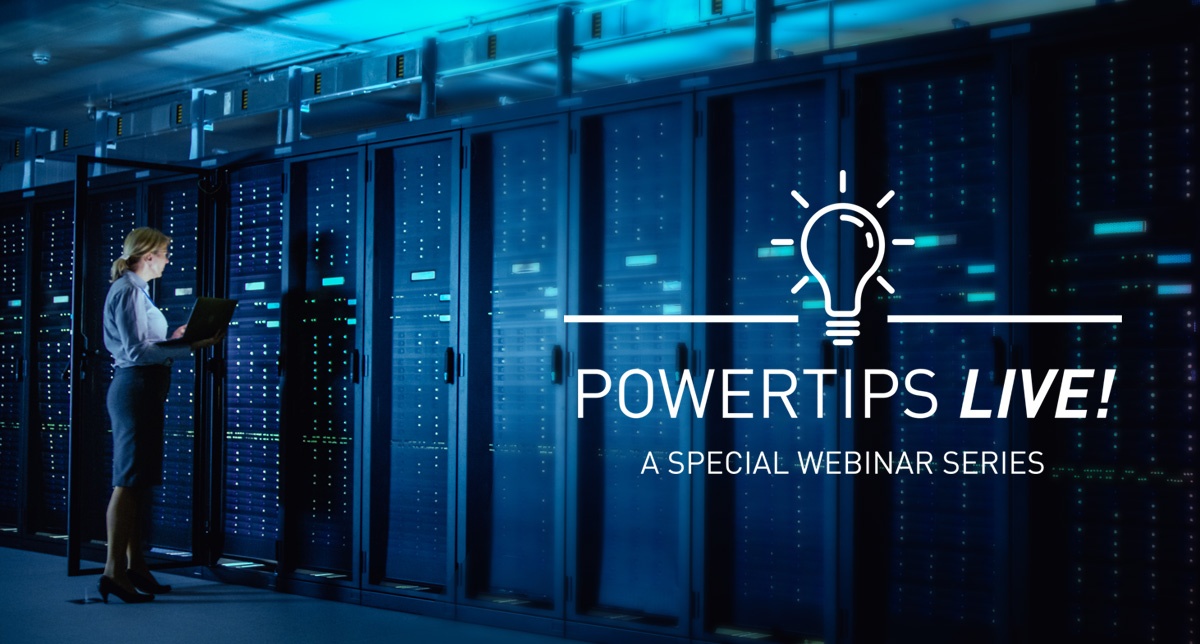Power Tip 1: Receiving Alerts on Critical Events
Isaiah LaJoie
July 30, 2020
- Categories:
- How To

To address the needs of its customers during the quarantine, Server Technology has designed a webinar series that breaks down the ins and outs of remote power management. The interactive webinar series, “PowerTips Live,” was developed to support you and your team. Live demonstrations of intelligent PDU features are available to help you better manage your operation remotely. This article is a recap of the first tip in the series, which addresses your ability to receive alerts on critical events and measurement and take advantage of SYSLOG support.
How do you ensure you are receiving critical alerts on events? When you receive an alert, what is your action plan?
Server Technology’s Intelligent PDUs can monitor a variety of electrical and environmental parameters. Alerts may be issued for anything that gets monitored – inlet data, outlet data, circuit breaker status, unbalanced loads, power factor, and more. To receive alerts successfully, your PDU must be correctly configured.
The three most common notification methods are:
SYSLOG, which provides a permanent, offsite record of events. Within the network configuration menu, the user is able to define any number of filters and receive alerts. The advantage of this network protocol is that the alerts can be sent to any number of SYSLOG hosts.
SNMP, which is the most common system for receiving notifications. SNMP provides ‘universal’ communication from your unit to any trap receiver, whether it is your DCIM (data center information system), BAS (building automation system), or any generic trap receiver. Within the PRO2 tool, you can define up to two destinations. SNMPv2 is pre-enabled, but you can also enable SNMPv3 if that is your jam. All notifications go out immediately and can be repeated at any interval you define.
Email, which is configured through SMTP, or simple mail transport protocol. There are a number of event messages that you can enable; for example, simple thresholds such as overcurrent or temperature. You can also receive power messages for events such as an outlet being switched on or rebooted.
These notifications can be changed on a PDU basis, and on a sensor-by-sensor basis, which provides a lot of visibility. Here’s a tip: once you have set up alerts, test them by creating a change-of-state on the PDU, such as a reboot or by changing the temperature range. This will allow you to make sure you are receiving communications in the manner that you are expecting.
If you need further support, we are here to take your calls. For more information about receiving alerts and configuring remote management, check out the Power Tip #1 video on YouTube. Check out our next power tip on avoiding overloading phases.
Thanks for your submission. One of our Power Strategy Experts will get back to you shortly.